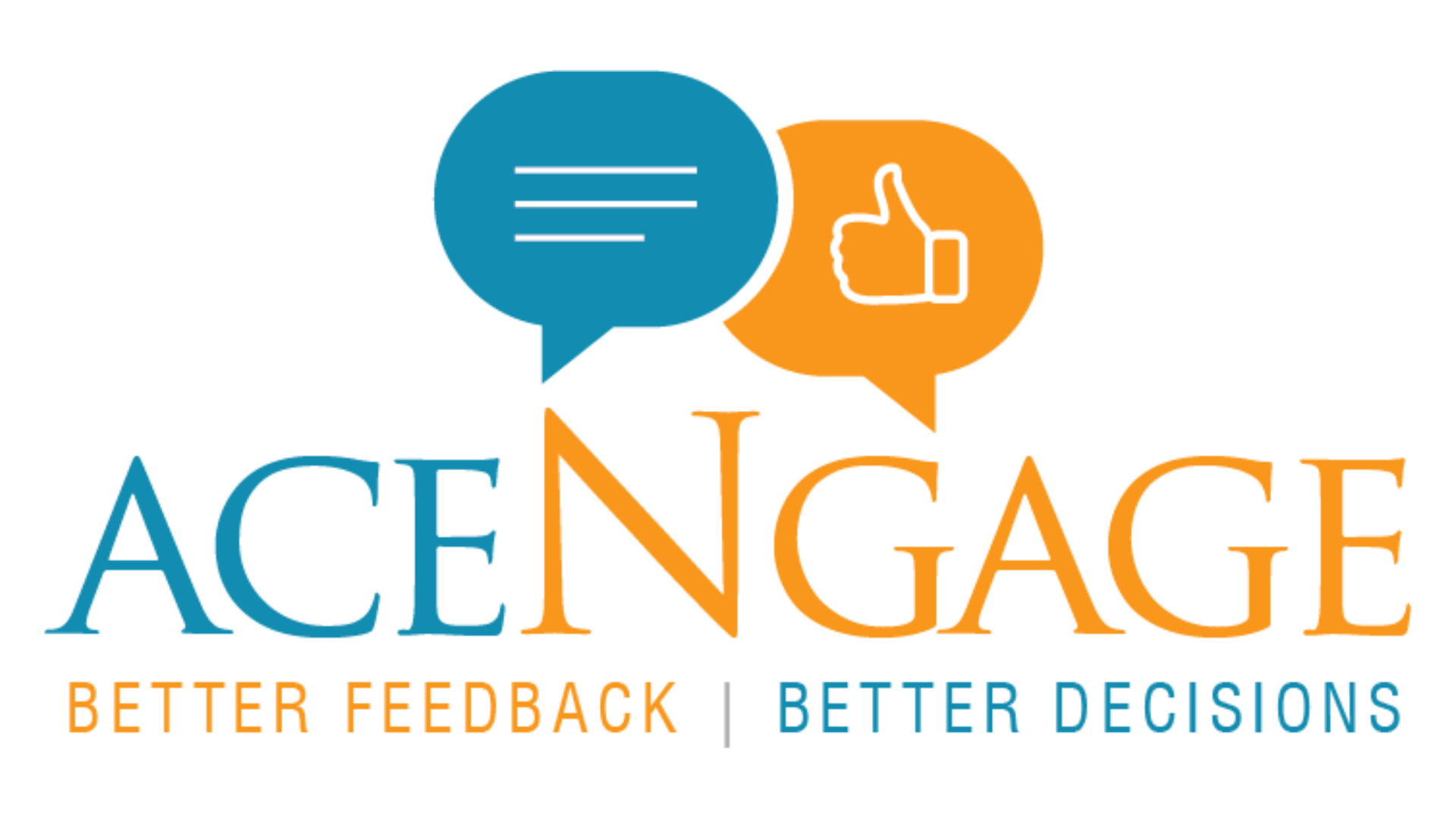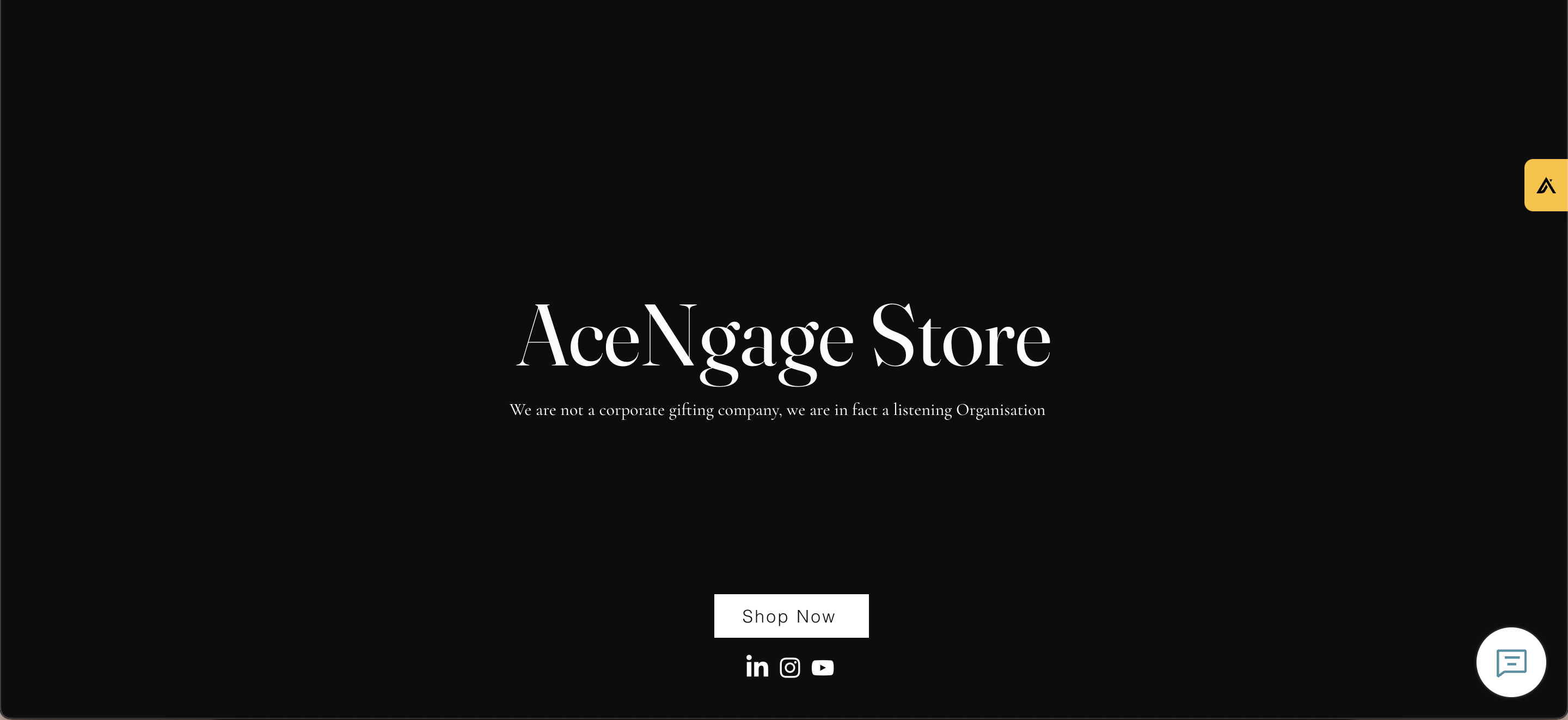Hey there! Let’s talk about something that’s been changing the game—literally—when it comes to employee engagement. You’ve probably heard the term Gamification of Employee Engagement thrown around, but what does it really mean? And more importantly, why is everyone buzzing about it in HR circles? Grab your coffee (or chai), and let’s dive into this trend that’s shaking up how we work and play.
Check out the New Acengage store @ www.acengage.co.in

What Is Gamification in Employee Engagement?
Gamification is all about using game design elements—think leaderboards, badges, challenges, and rewards—in non-game settings like the workplace. It’s not about turning your office into an arcade (though, how cool would that be?), but about making work feel less like a chore and more like an adventure.
Why Gamify Employee Engagement?
Let’s be real—traditional engagement surveys and corporate policies can feel a bit…blah. Gamification adds excitement to the mix. Here are some reasons why it works like magic:
- Boosts Motivation: Remember how satisfying it was to hit that next level in Candy Crush? Imagine bringing that energy to completing a training module or meeting quarterly goals.
- Encourages Healthy Competition: A little competition never hurt anyone. Leaderboards showing team achievements can motivate employees to step up their game.
- Enhances Learning: Gamified training programs make onboarding and skill development interactive and fun, which means employees actually remember what they learn.
- Drives Team Bonding: Challenges and collaborative games can turn colleagues into teammates, fostering a sense of belonging.
Real-World Examples of Gamification
Let’s tie this into what’s happening around us.
Example 1: Microsoft’s Language Quality Game
Microsoft created a game to improve its language translations. Employees reviewed content for accuracy and earned points for their efforts. It wasn’t just fun—accuracy improved significantly, saving the company time and money.
Example 2: Duolingo
Not strictly workplace-related, but Duolingo’s gamified approach to learning languages has set a benchmark. Imagine applying this concept to employee skill-building—leveling up by mastering new competencies.
Tying Gamification to Today’s Workplace Trends
Post-pandemic, hybrid work has become the norm. With teams scattered across cities (or even continents), keeping employees connected and engaged is harder than ever. Gamification can bridge this gap by creating shared experiences that are fun and meaningful, no matter where your team is.
Also, let’s not forget the rise of Gen Z in the workforce. This generation grew up with video games, and they expect work to be interactive. Gamification speaks their language.
Benefits of Gamification for Businesses
Let’s talk ROI. Here’s what gamification can do for your bottom line:
- Reduces Turnover: Engaged employees are less likely to jump ship.
- Improves Productivity: When work feels rewarding, employees are naturally more productive.
- Enhances Brand Image: A gamified workplace can make your company a magnet for top talent.
Pro Tip: Start Small
You don’t need to roll out a full-scale gamification program overnight. Start small. Try gamifying your next team meeting or quarterly goals. Test what works for your unique culture, and then scale up.
Check out the New Acengage store @ www.acengage.co.in
Final Thoughts: Are You Ready to Play?
Gamification isn’t just a trend—it’s a mindset shift. It’s about making work enjoyable while driving results. At the end of the day, engaged employees aren’t just good for business—they’re happier humans. And isn’t that what we all want?
So, what are you waiting for? It’s time to hit start on gamifying your workplace.
Got questions or want to share your gamification success stories? Let’s chat in the comments below!







